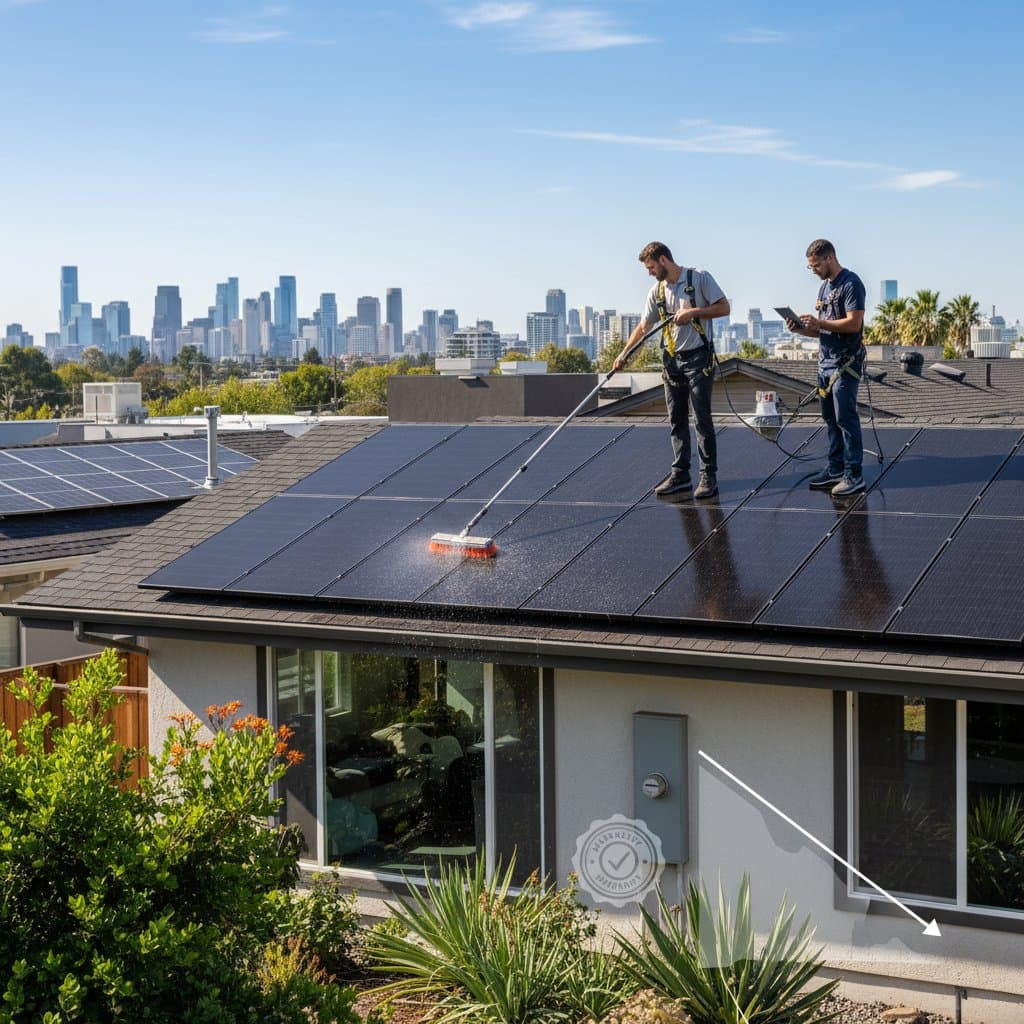Understanding Hidden Fees in 2025 Home Warranties
Home warranties provide a safety net for unexpected breakdowns in appliances and home systems. For an annual premium, these plans cover repair or replacement costs through a network of contractors. However, providers frequently conceal additional expenses in complex policy language, leading to higher-than-expected outlays. This article examines these concealed costs, their origins, and methods to identify them during plan selection or renewal.
Common Locations of Concealed Charges
Providers embed extra fees in subtle sections of contracts, such as exclusions, conditions, and supplemental agreements. Review these areas carefully to avoid surprises. Key spots include:
-
Service Call Fees: Providers charge a deductible-like fee for each service request, typically ranging from $65 to $150. Certain policies apply this charge per trade category, so a single incident requiring both plumbing and electrical work results in multiple fees.
-
Diagnosis and Follow-Up Fees: Technicians may need additional visits to pinpoint or resolve issues, triggering extra service fees. For instance, if parts must be ordered after an initial assessment, homeowners face a second charge upon the return visit.
-
Repair Caps on Parts and Labor: Policies often impose limits of $1,000 to $2,500 per incident. Repairs exceeding these thresholds require full payment from the homeowner, even if the failure qualifies under the plan.
-
Upcharges for Premium Items: Coverage for luxury or commercial-grade appliances incurs surcharges, despite broad advertising claims. Homeowners with high-end kitchen equipment or advanced HVAC systems encounter these add-ons at claim time.
-
Maintenance Requirement Denials: Claims receive denial if providers cite insufficient upkeep, a common pretext for HVAC, plumbing, and water heating systems. Vague definitions of maintenance allow broad interpretation against the policyholder.
-
Access and Demolition Expenses: Components in hard-to-reach locations, such as behind walls or under floors, lead to uncovered costs for accessing and restoring the area. Attic units or basement piping often fall into this category.
These elements seldom feature prominently in marketing materials. Instead, they reside in dense addendums that demand thorough scrutiny.
Factors Influencing Overall Costs
Warranty expenses vary based on property-specific elements that elevate repair demands. Three primary drivers determine whether claims stay within limits or escalate out-of-pocket responsibilities:
-
Appliance and System Quality: Premium materials in newer or upgraded homes increase part prices and complexity, pushing totals beyond standard caps.
-
Installation and Layout Challenges: Older structures with convoluted wiring, tight crawl spaces, or non-standard configurations extend labor time and costs.
-
Environmental and Site Factors: Exposure to extreme weather, soil conditions, or architectural quirks adds unforeseen restoration needs, such as waterproofing or structural reinforcements.
This framework illustrates why identical plans yield disparate results across households. Evaluate your home's characteristics during plan comparison to anticipate potential hikes.
Navigating Safety, Permits, and Compliance Issues
Home warranties focus on functionality, not regulatory adherence. Failures tied to code violations, such as improper electrical grounding or inadequate venting, prompt claim rejections. Verify that all systems align with local building standards before filing.
-
Electrical Systems: Ensure outlets include ground-fault circuit interrupter (GFCI) and arc-fault circuit interrupter (AFCI) devices as required by current codes.
-
Heating, Ventilation, and Air Conditioning (HVAC): Confirm proper condensate drainage, refrigerant handling, and clearance for airflow to meet safety specifications.
-
Water Heating Units: Install expansion tanks, correct venting, and pressure relief valves in compliance with plumbing regulations.
Retain documentation of any permitted work performed under the warranty. Providers may invalidate claims by alleging unapproved alterations, so organized records prove essential.
Essential Maintenance Practices for Warranty Success
Regular upkeep sustains eligibility for coverage and extends system longevity. Implement a structured routine to document compliance and prevent denials.
-
Post-Installation Phase: Secure and store all receipts, manuals, and warranties from initial setups.
-
Seasonal Checks: Replace HVAC filters quarterly, inspect drain pans for clogs, and flush water heaters annually to remove sediment buildup.
-
Yearly Inspections: Examine electrical panels for wear, test circuit breakers, and capture dated photos of equipment labels and serial numbers.
-
Lifecycle Monitoring: Track usage to identify when systems approach 80 percent of their projected lifespan, preparing for potential full replacements beyond warranty scope.
Comprehensive records, including timestamps and visual evidence, streamline claim processing and counter denial attempts effectively.
Guidelines for Professional Versus Self-Repair Choices
Decide between professional intervention and personal fixes based on risk and complexity. This approach minimizes voided coverage and ensures safety.
-
Opt for Self-Repair When: The problem involves simple components, like swapping a faulty thermostat or adjusting a basic shutoff valve, with no involvement of hazardous elements or code implications.
-
Engage Professionals For: Issues encompassing gas connections, high-voltage circuits, refrigerant systems, or modifications requiring structural alterations.
Consult the policy's approved contractor list to maintain coverage integrity during repairs.
Strategies to Secure Cost-Effective Coverage
To mitigate hidden fees, adopt proactive evaluation tactics when selecting or renewing a home warranty. Begin by obtaining multiple quotes and dissecting sample contracts line by line. Prioritize plans with transparent fee structures, generous caps, and clear maintenance guidelines. Negotiate add-ons for your home's unique features, and consider bundling with homeowner's insurance for potential discounts. By focusing on these steps, homeowners achieve robust protection that aligns with actual needs, preserving financial stability amid inevitable repairs.



